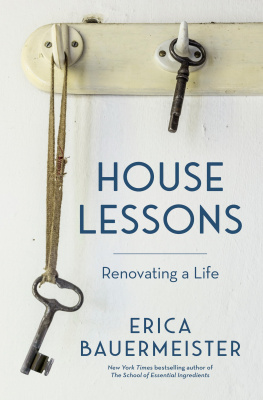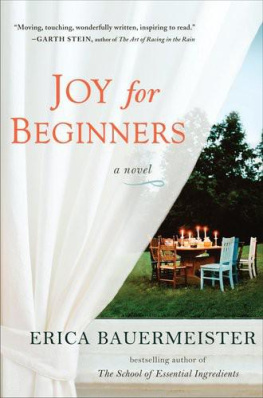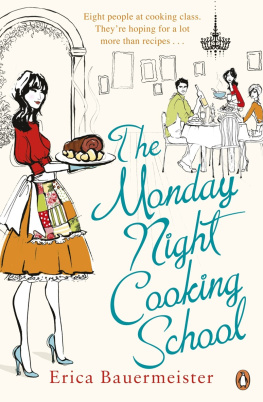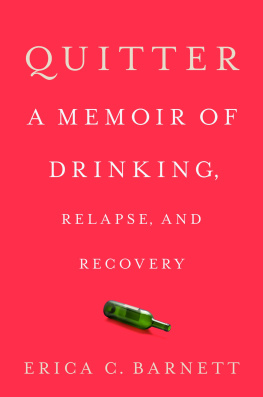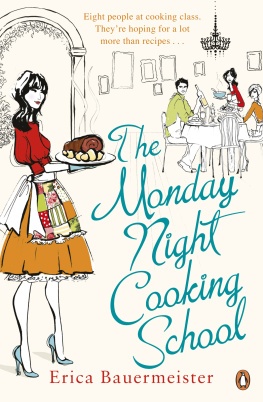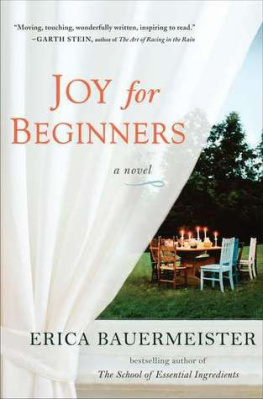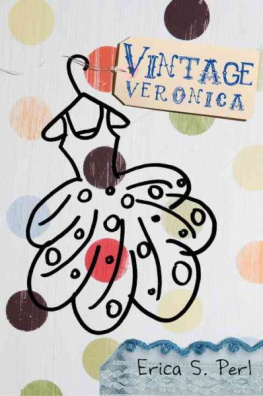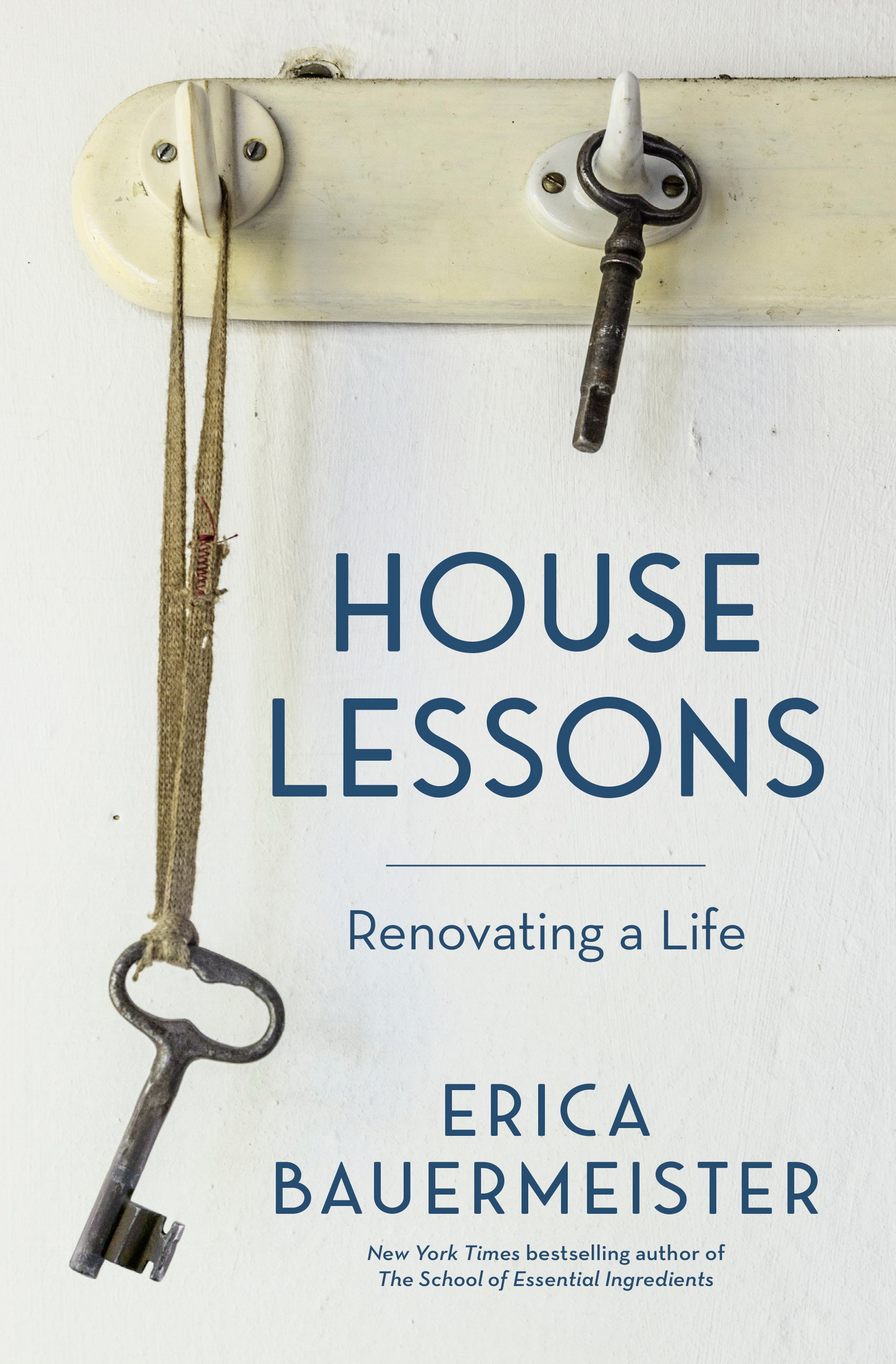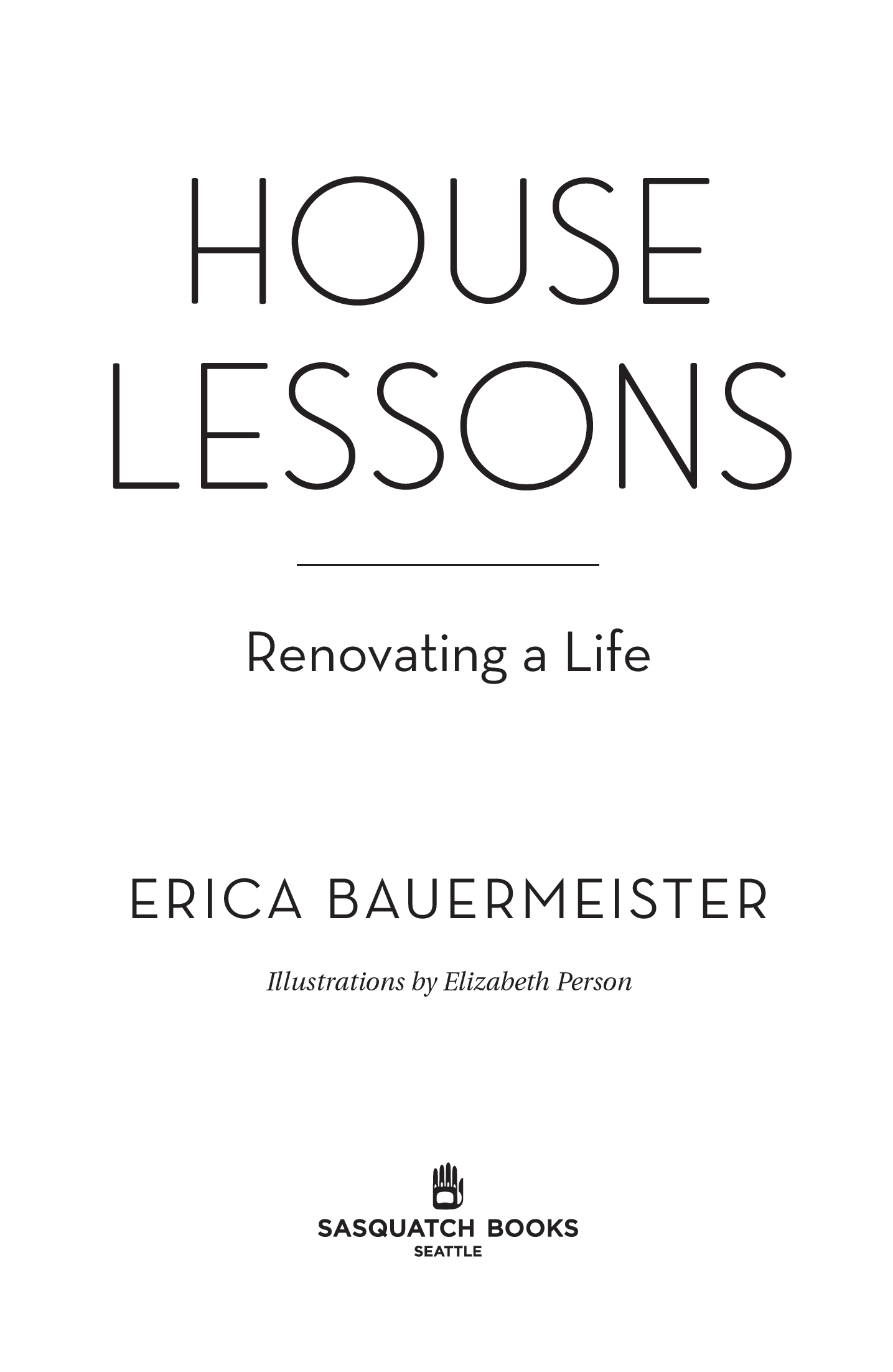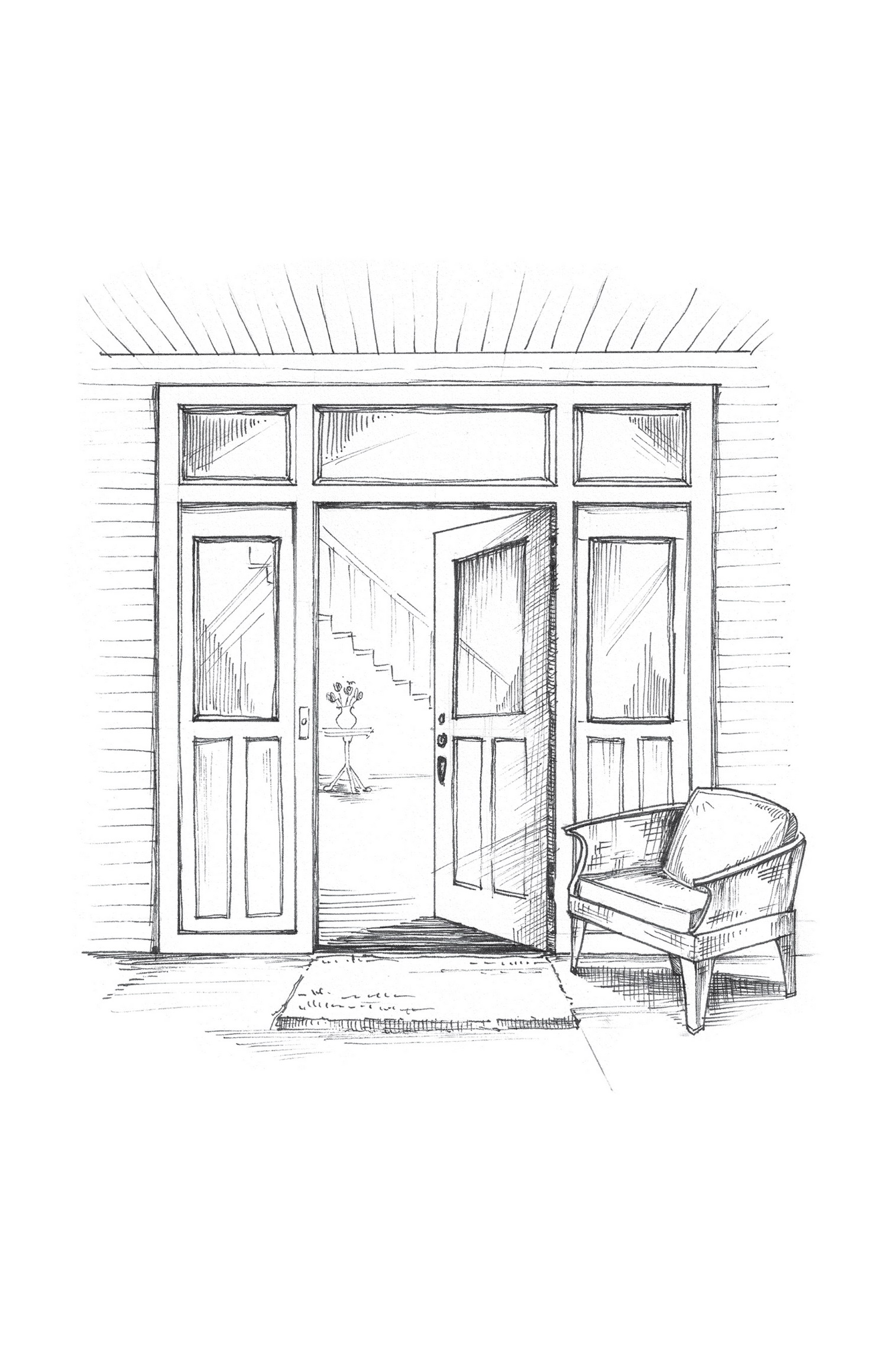THERE IS A TRADITION IN straw-bale construction called a truth window. A small square is cut out of the plaster surface of the walls, exposing the straw within, so everyone will know what the house was made of. The square can be framed, covered in glass, and sometimes it even has a doorbut it is always a snapshot of the construction process, a glimpse into the story of the building.
Come, look inside.
PROLOGUE
THE HOUSE STOOD AT the top of a hill, ensnarled in vegetation, looking out over the Victorian roofs of Port Townsend and beyond, to water and islands and clouds. It seemed to lean toward the view as if enchanted, although we later learned that had far more to do with neglect than magic. The once-elegant slopes of its hipped roof rolled and curled, green with moss. The tall, straight walls of its Foursquare design were camouflaged in salmon-pink asbestos shingles, the windows covered in grimy curtains or cardboard. Three discarded furnaces, four neon-yellow oil drums, an ancient camper shell, and a pair of rusted wheelbarrows lay scattered at odd angles across the overgrown grass as if caught in a game of large-appliance freeze tag.
The yard was Darwinian in its landscapingan agglomeration of plants and trees, stuck in the ground and left to survive. Below the house, I could just see the tips of a possible orchard poking up through a roiling sea of ivy. In front, two weather-stunted palm trees flanked the walkway like a pair of tropical lawn jockeys gone lost, while a feral camellia bush had covered the porch and was heading for the second story. Someone had hacked away a rough opening for the front stairs, down which an assortment of rusted rakes and car mufflers and bags of fertilizer sprawled in lazy abandon. In their midst, seemingly oblivious to its setting, sat a rotting fruit basket, gift card still attached.
That one, my husband, Ben, said as he pointed to the house.
Its not for sale, I noted.
I know. But it should be, dont you think?
Our son and daughter, ten and thirteen, stared out the car windows slack-jawed.
Youre kidding, right? the kids asked. But I think they already knew the question was rhetorical.
FALLING IN LOVE
Buyers are liars.
Every real estate agent ever
WHEN I WAS YOUNG , my mother used to take all five of her kids on an annual quest for the family Christmas tree. We would travel around Los Angeles in our wood-paneled station wagon, from one lot of precut evergreens to another, searching for the perfect tree. As the trip dragged on, there were times I questioned my mothers sanity, and yet when my mother found her tree it created a satisfaction within her that I could see even if I didnt always understand. Maybe a particular height reminded her of being a child herself; perhaps a certain shade of green reached into her soul. I never really knew, and perhaps knowing was never the point. When I would ask what she was looking for, my mother would just smile and say: It has to talk to me.
Any honest real estate agent will tell you that most home buyers decisions are no more rational than my mothers with her tree. There was a time in my life, years after I first encountered that ramshackle house in Port Townsend, when I was an agent myself, walking buyers through the process and dutifully helping them draw up their lists of requirements. I would listen to a couple emphatically assert that they needed four bedrooms, two baths, and a no-maintenance yardand then watch as they fell in love with a tiny garden-becalmed cottage that they spotted on the way to the house that met every one of their specifications. It happened over and over and over. While we might like to believe that our house needs are pragmatic line items, our true needs, the ones that drive our decisions, come far more often from some deep and unacknowledged wellspring of memories and desires.
Because heres the thingwe arent looking for a house; were looking for a home. A house can supply you with a place to sleep, to cook, to store your car. A home fits your soul. In ancient Rome, the term domus, from which we get the word domicile, meant both people and place, an unspoken relationship that we feel like a heartbeat. A home fulfills needs you didnt know you had, so it is no wonder that when pressed for an explanation for our choices we give reasons that make no sense, pointing to a bunch of dried lavender hanging in the kitchen, a porch swing, the blue of a front dooralmost always things that could be re-created in a house that fits the list. But sense is not the point. These small details are simply visual indicators of an architectural personality that fits our own, that reminds us of a childhood home, or a house, filled with color and the laughter of children, that we visited on a vacation in Mexico.
And yet a choice of a home is not just about where weve been or what we remember; its also about who we want to be. As Winston Churchill famously said: We shape our buildings and afterwards they shape us. When we choose a house, we are making a decision about how we will live. I dont mean in the obvious way of how long your commute to work will be, or whether there are schools or stores or friends nearbyalthough all of those things are important and will impact your life. What I am talking about is something far more subliminal. The designs of our homes quite literally change us. An eating nook for two invites a busy couple to slow down every morning for coffee. A courtyard in an apartment building helps create community. A south-facing window encourages optimism, while alcoves foster book lovers. Perhaps one of the strongest blows for feminism came from the first sledgehammer that opened a kitchen to a family room and changed the view of the cook, from both sides of the wall.

